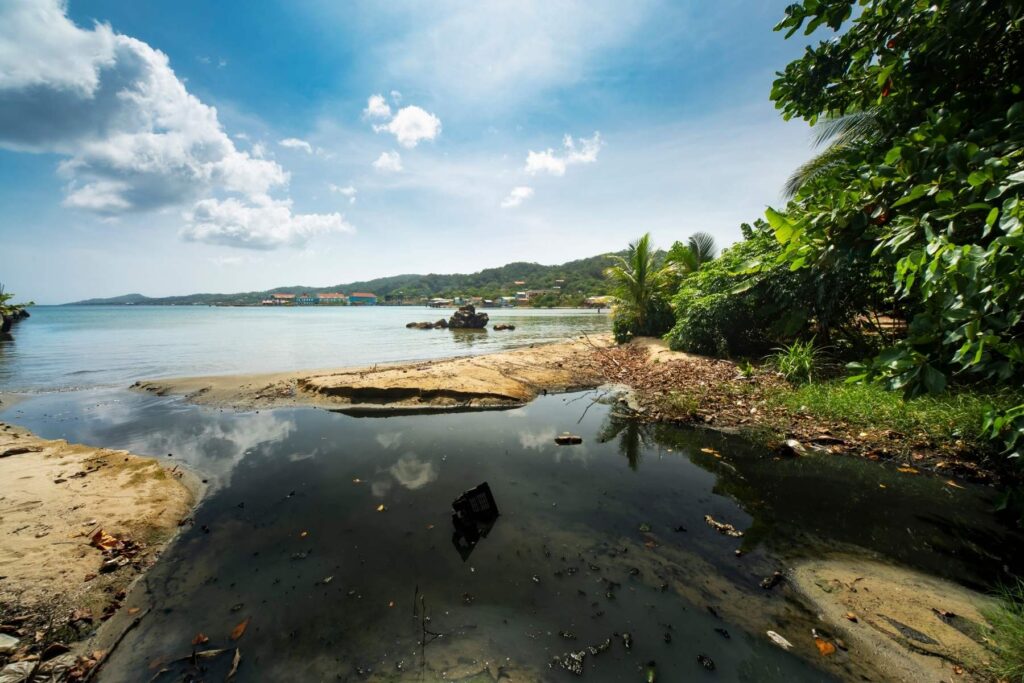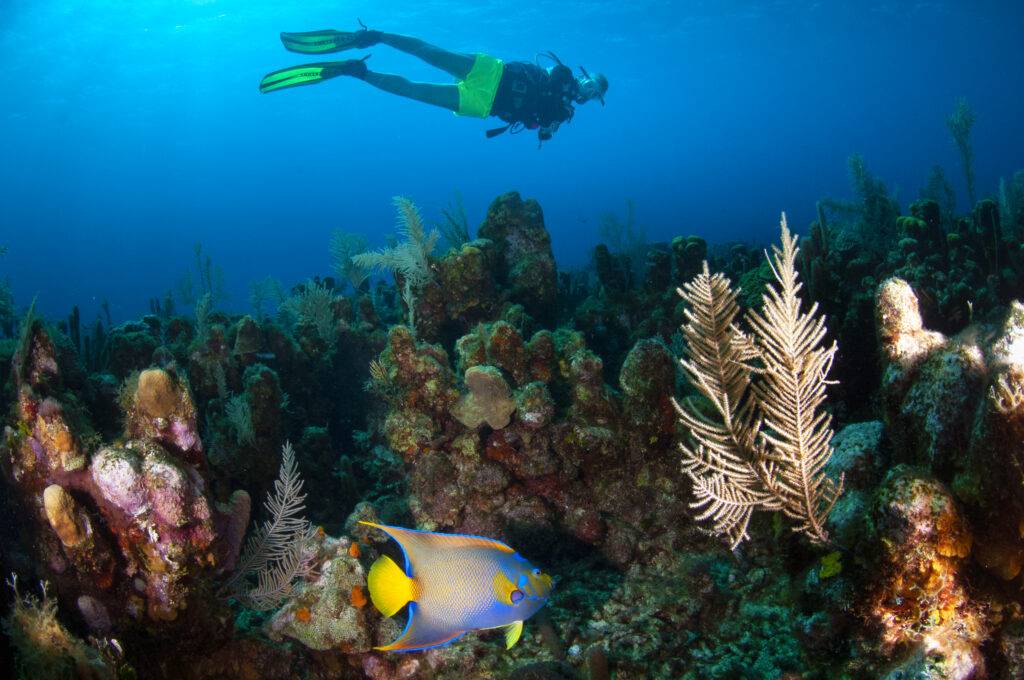Like the birds and the bees, corals also need to reproduce and continue to build upon the colorful reefs that we know and love. But have you ever wondered how the coral animal reproduces? After all, it can’t move and it doesn’t have any reproductive organs.
Let’s take a look at exactly how new coral babies come about and important ways we have and will continue to protect them.
Ways that Corals Reproduce
Something unique about corals is the fact that different species can reproduce in different ways: by spawning, self fertilization, or asexual reproduction.
When the conditions and moon cycle are just right, an incredible phenomenon called “broadcast spawning” occurs. Over a period of days or weeks, a variety of coral species will simultaneously release their male and female reproductive cells, known as gametes, into the water. The gametes merge together, fertilize, and form coral larvae, which then float with the current for up to several weeks before eventually finding a hard surface to attach to. This form of reproduction allows for genetic diversity and it gives healthy coral babies the chance to repopulate nearby reefs.
In addition to spawning events, some species have the ability to produce larvae internally and then release larvae into the water once they are more developed and have a better chance of settling. This general form of reproduction is known as “brooding.” Lastly, some corals are able to reproduce asexually—which is unique for marine invertebrates. Using different strategies, the coral animal is able to either clone itself or reattach to a new hard surface. This form of coral reproduction is useful during storms or adverse weather events, because it allows broken pieces of coral to form new colonies and continue to live and grow.
What is Threatening Coral Survival?
During coral spawning, there is a high probability that the coral baby will not survive. Marine animals, such as whale sharks, often snack on floating coral gametes and larvae. And even when the babies do attach to a hard surface, they may not survive if the ocean conditions are poor.

Poor conditions include excessive algae growth, which is often due to overfishing and a lack of herbivorous fish on a reef, or high levels of bacteria in the water from wastewater pollution.
Furthermore, when severe coral bleaching occurs, it impacts a reef’s likelihood of spawning at all. “It takes a lot of energy for corals to reproduce,” says Dr. Andrea Rivera-Sosa, CORAL’s project and outreach manager. “If a coral is not healthy, it likely will not spawn at that time; however, if the coral recovers, research shows it will be able to reproduce again.”
Aiding Coral Spawning and Survival
In order to protect both spawning corals and new babies, it is vital that we improve ocean conditions by lowering our carbon footprint and reducing human impacts. That’s why we focus on minimizing marine threats by working with local communities and partners.

Ongoing donations and support have allowed us to expand marine protected areas, increase fish biomass, clean up water quality, improve tools to detect bleaching events, and more. Additionally, we are able to fund the work of partners on the ground, like Roatan Marine Park (RMP), who regularly conduct research and monitoring during mass spawning events. “The management of our coral reefs is critical to the preservation of our marine ecosystems and livelihoods,” says Damaris Duenas, research coordinator at RMP, who leads spawning monitoring initiatives. “Learning more about their [corals’] lives allows us to better assist them.”
Together, with the hand work of local partners and generous support from individuals and organizations worldwide, we are taking actions and advancing research to keep coral reefs healthy and able to successfully reproduce for future generations.
Discover more about coral reproduction by watching our “Love on the Reef” webinar.
